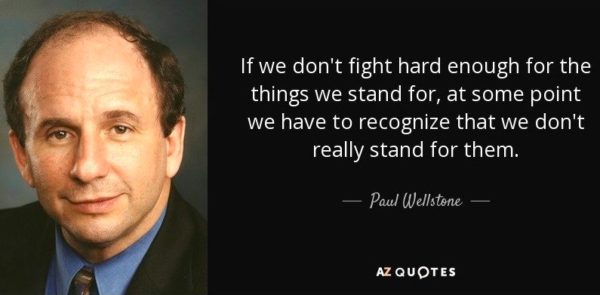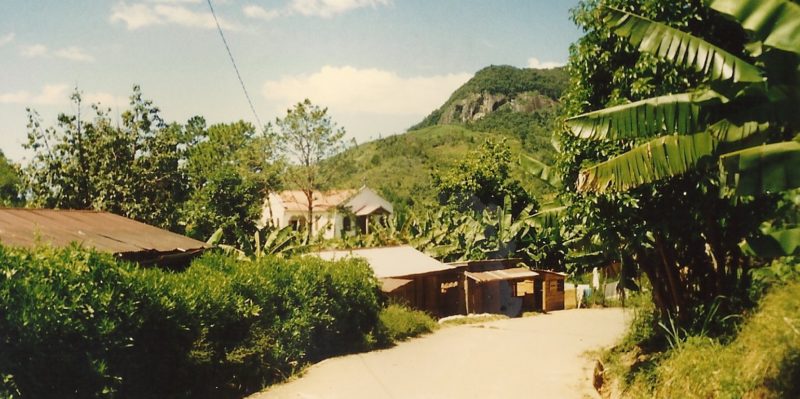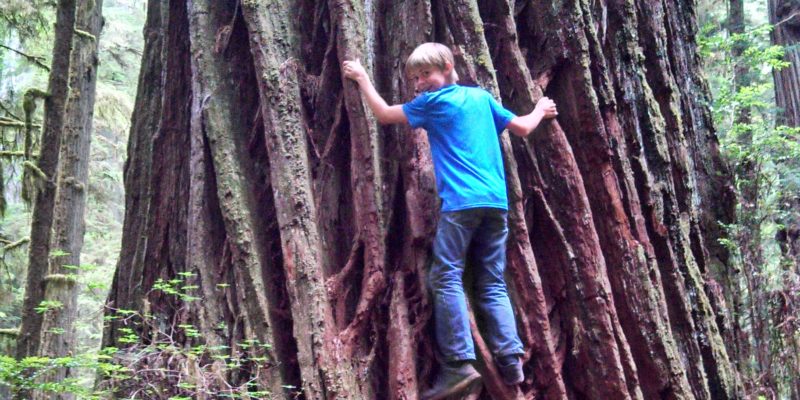Almost all contracts for the purchase of the rights to the carbon in forests are drafted by attorneys representing the buyers, not the sellers… the indigenous communities that live in those forests.
Over the next few of months, I will be blogging about the disparities among the quality of legal advice available to the purchasers of carbon credits and to the sellers. I will discuss how changes in that balance of power can lead to drastic changes in carbon offset markets that can benefit everybody.
Here are the different topics you will be able to read about in upcoming articles.
1. The unbalance of power between buyers and sellers and how this is a product of the political and economic environment in which the regulatory and voluntary offset markets were conceived.
2. The nature of corporate and political marketing and how it defines the way outputs of CSR are measured.
3. Identifying funding sources to help indigenous communities develop strategies to balance the scales of power.
4. Seeing CSR as a product that can be exported.
5. Identifying a basket of CSR values that go hand in hand with the purchase of carbon rights. Estimating the value of each to corporate and public consumers.
6. Integrating the measurement of various sectors of society in order to add certainty to the product’s social and environmental impact and thus increasing its economic value.
7. Leveraging the role of insurance and derivatives to create uniform offset mutual fund securities that can become available for purchase through click-and-go shopping options.
8. Looking for economies of scale within global markets. Comparing the value of integrating offset projects into common national vs. regional/multi-national markets.
9. Creating collaborative efforts on an international level. Sharing legal knowledge and best-practices among attorneys.
10. Making sure local communities maintain their rights and control over their future.
Carbon offset programs are created in political environments. That statement alone should be enough to raise red flags about trusting the wisdom of every aspect of a carbon offset program. Why do we even have carbon offset programs. Although these programs can have positive impacts on peoples lives who live in endangered forests, the fundamental basis for offset programs is to provide an economically viable alternative to offset the environmental impacts that are occurring primarily in developed countries. Don’t get me wrong, I do support the existence of these carbon offset markets. Although they don’t ensure the most ideal outcome, which would be to reduce our pollution and use of resources in the first place, they are better than nothing. I don’t want to just sit around and wait until there is sufficient political pressure to make the necessary consumption reductions at home.
So what we have is a system that is designed to protect the environment with the number one targeted participant being corporations, which are driven by profit. Since this system won’t work at unless corporations use it, then it goes without saying that corporations had a very large role in influencing the terms of the system, which is driven by profit. Yes profit is good, but its not everything. This brings us around to corporate social responsibility and how to bring that responsibility into a carbon offset trading system.
Again we run up against the politics and marketing. Both governments and corporations want to be able to communicate how socially and environementally responsible they are. So in government, there pressure is placed on program directors to express outputs in the most simple quantifiable terms that make easy sound bites for the higher ups in their respective capitals to use. Yet the protection of an individual’s cultural rights can never fully expressed in a pie chart. Furthermore, corporations want to sell the value of their offsets by playing up the same environmental and social benefits. Everybody knows that the key audiences won’t read it or listen if it takes too long to explain. So what we have are systems where the environmental and social outputs are pre-categorized into easy to sell ideas.
I have taught graduate students to break their deep and complex ideas down into sound bites. They hate me for that, but the truth is that most people don’t have long attention spans or don’t have the time to find out the details of any issue. So why am I cautioning about the oversimplifications of things as if it were bad? Its not bad, we just have to be aware that its happening and know how to ask questions.
The first place we need to start is to ask questions of the people that are living in the forests that are subject to carbon offset trading. I don’t think it is necessary to make adjustments to the overall structure of offset markets as they are defined in international or even regional environmental regulatory schemes. I also don’t see a need for the various standards to lead a change in how the standards operate. Rather, I see the most practical way to move forward is for the landowners themselves to change the terms of supply. They are not bound by the options that exist under current standards. The problem lies when somebody offers money to somebody who has little. The owners of the forests often take the first offer that comes around because there are no other offers or all the offers carry the same style of terms. Its not so different from people accepting credit card terms. People want the credit, and there aren’t many other easy options for getting it besides agreeing to the credit card companies terms. This is where legal assistance can assist indigenous communities. It can help them understand their options for generating counter offers. Some of the alternatives available to community groups may require the assistance of their local or national governments, and certainly the assistance of development organizations. These are the same development organizations that currently fill the roles in the current schemes. However, there needs to be a money coming from the community groups that can drive the development of alternative carbon trading schemes. There are two options to get this. One is to create an alternative that can attract grant money to themselves and to the organizations helping them. The other is to create an economic advantage to the host country to create its own rules outside of the international political sphere.
I think both are possible. In the case of Brazil, it has the economy of scale to create its own measurement standard in which it can create unique benefits from pooling of offset projects within a common scheme. The benefits it can offer are the avoidance of extra regulation if seller and buyer choose to use their own monitoring scheme. Its not so different than the way the SEC establishes rules for trading securities in the U.S.




